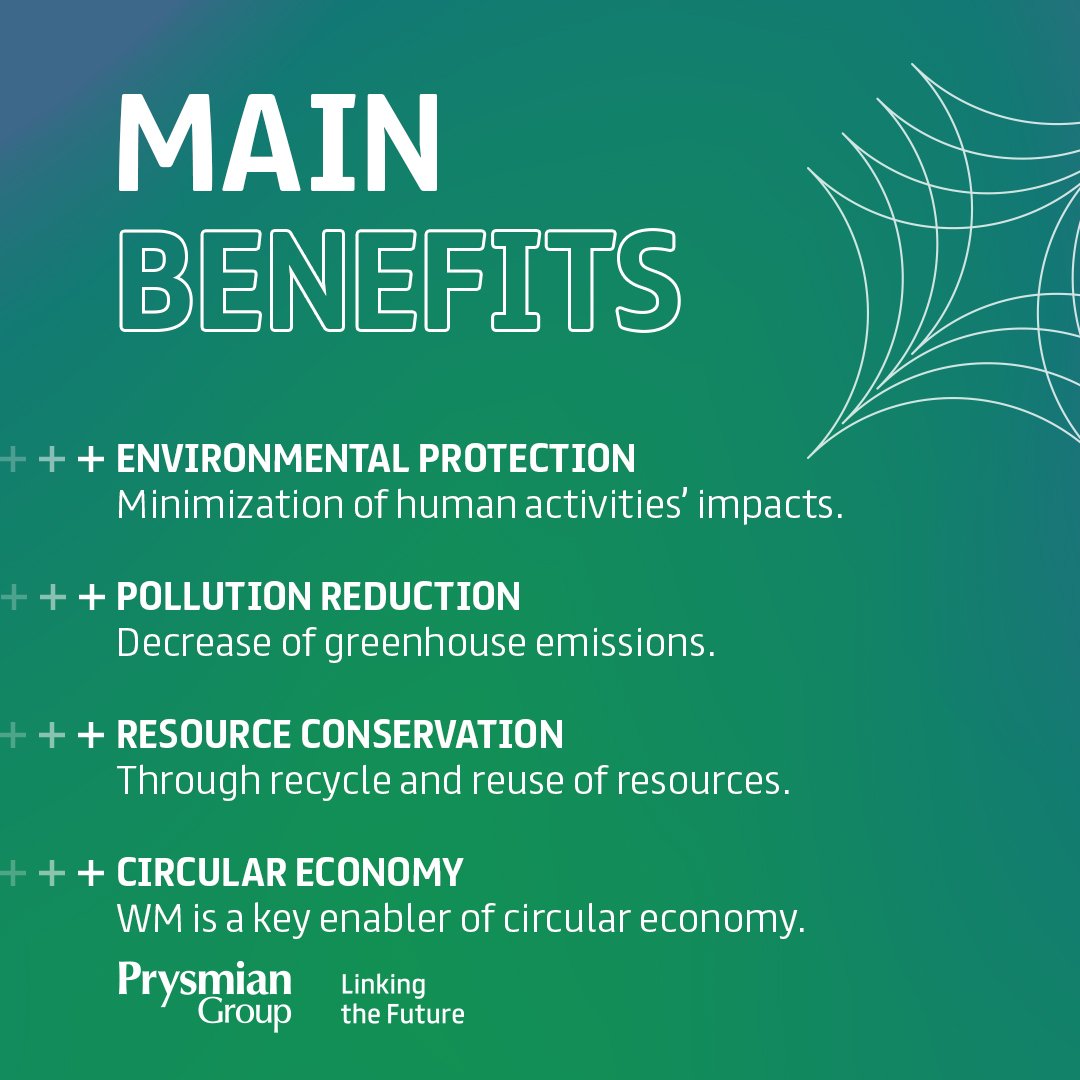The Ultimate Guide To Reclaim Waste
The Ultimate Guide To Reclaim Waste
Blog Article
6 Easy Facts About Reclaim Waste Shown
Table of ContentsReclaim Waste Fundamentals ExplainedOur Reclaim Waste PDFsExamine This Report on Reclaim WasteReclaim Waste - The FactsThe Definitive Guide to Reclaim Waste
Discover the kinds, occurrences, and kinds of liquid waste. Residential sewage waste describes the waste and items from a household septic system. This type of waste is created by human beings in residences, colleges, and other structures. This only includes sewage-disposal tanks that have a drainpipe field. The proper monitoring and disposal of domestic sewer waste require liquid waste to be transferred to a sewer therapy plant where the proper methods and tools are related to detoxify and dispose of waste.
Commercial waste usually consists of potential risks, such as flammable products or a blend of liquid and strong waste products, and calls for an advanced and comprehensive disposal procedure. The disposal of commercial waste typically entails the filtration of waste before transport to make sure safe and appropriate disposal. Hazardous waste is created from results and runoff of industrial processes and manufacturing.
This type of waste can not make use of the exact same sewer administration transport or processes as septic or business liquids. The commercial waste administration process requires the evaluation and screening of liquid waste prior to it undergoes the disposal procedure (industrial wastewater treatment). Drainage waste is the liquid waste that comes from drainage and excess stormwater in very booming locations or cities
Overflow waste can cause contamination and flooding if not dealt with effectively. Ensuring correct waste management can stop calamities and lower ecological injury.
Indicators on Reclaim Waste You Should Know
Contact PROS Providers today to find out about our waste management and disposal services and the proper methods to take care of the liquid waste you generate.
(https://reclaim-waste.jimdosite.com/)This supposed 'wastewater' is not only an essential resource however, after therapy, will be launched to our land, waterways or the ocean. Utilized water from toilets, showers, bathrooms, cooking area sinks, washings and commercial procedures is recognized as wastewater.

water made use of to cool down machinery or tidy plant and tools). Stormwater, a form of wastewater, is overflow that streams from agricultural and metropolitan locations such as roof coverings, parks, yards, roadways, courses and gutters right into stormwater drains, after rainfall. Stormwater moves without treatment directly to local creeks or rivers, ultimately getting to the sea.
The smart Trick of Reclaim Waste That Nobody is Talking About
In Queensland, most wastewater is dealt with at sewer treatment plants. Wastewater is carried from residential or commercial websites via a system of drains and pump terminals, understood as sewerage reticulation, to a sewage therapy plant. Neighborhood governments construct, preserve and operate most sewage therapy plants. Operators are licensed under the Environmental Protection Act 1994 to release cured wastewater at an acceptable ecological requirement into rivers.
The Department of Natural Resources suggests city governments about handling, operating and maintaining sewerage systems and treatment plants. In unsewered locations, regional federal governments may call for householders to set up specific or home sewage therapy systems to treat domestic wastewater from bathrooms, kitchen areas, restrooms and laundries. The Division of Natural Resources authorizes using home systems when they are verified to be efficient.
In some brand-new neighborhoods, therapy of some stormwater to get rid of trash, sand and gravel has started using gross toxin catches. Wastewater treatment occurs in 4 phases: Eliminates solid matter.
Wastewater after that streams right into large containers where solids settle and are eliminated as sludge. Oil and scum are skimmed from the surface area. Utilizes tiny living microorganisms knows as micro-organisms to break down and get rid of remaining liquified wastes and fine fragments. Micro-organisms and wastes are included in the sludge. Eliminates nitrogen and phosphorus nutrients that might cause algal blossoms in our rivers and threaten aquatic life.
Indicators on Reclaim Waste You Need To Know
Nutrient removal is not readily available in any way sewage treatment plants because it needs pricey specialised devices. It is becoming more usual in Queensland. Clear fluid effluent produced after treatment may still have disease-causing micro-organisms. If this effluent is launched into rivers such as rivers or the sea, the micro-organisms will ultimately pass away out.

This normally implies wastewater needs to be dealt with or impurities gotten rid of before it can be released to waterways. Most wastewater moves right into the sewerage system. Under the Act, local governments provide approvals and permits for ecologically appropriate tasks (Ages) entailing wastewater releases that may have a local effect. The department carries out authorizations and licences to ERAs involving wastewater launches that might have a local or statewide impact.
The 9-Minute Rule for Reclaim Waste
Surveillance offers factual details regarding water high quality and can validate that permit problems are being met. The details gotten via monitoring gives the basis for making water top quality decisions.
Report this page